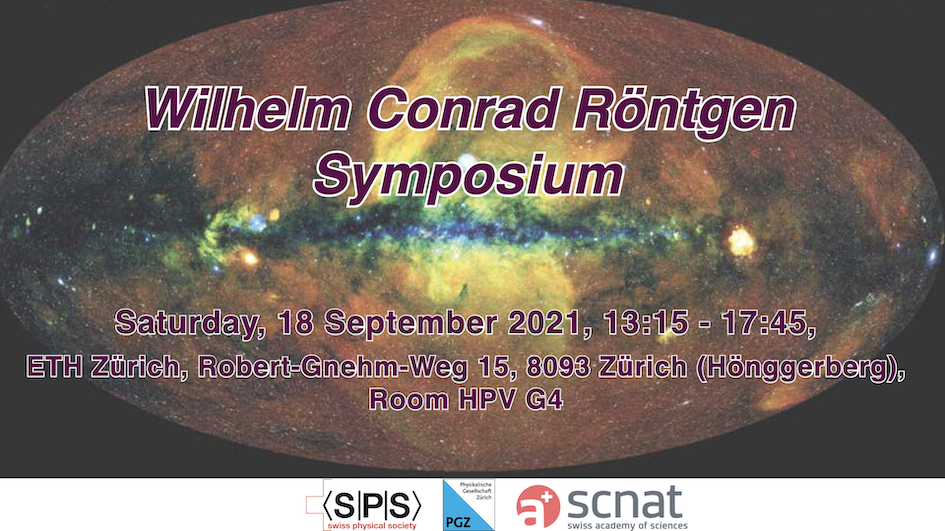Speaker
Description
In June 1962, a rocket equipped with an X-ray detector veered off its trajectory, leading to one of the most remarkable serendipitous discovery in astronomy, rightly rewarded by the Nobel Prize in Physics in 2002. X-rays track the most extreme physical conditions in the Universe, like the highest densities, the highest energies and the deepest gravitational potential wells. Thus they opened the door to the study of some of the most fascinating astrophysical objects, like black holes and neutron stars. X-rays also represent our best hope to find the missing baryonic matter in our universe, which is some of the most important cosmological questions of our times. What has started as a niche research field has now become a major observation tool, that is relevant to almost any domain of astrophysics. In this lecture, I will show the very broad impact of X-ray astronomy on our understanding of the Universe through the lens of some of the most important discoveries made by observing the sky in X-rays.
